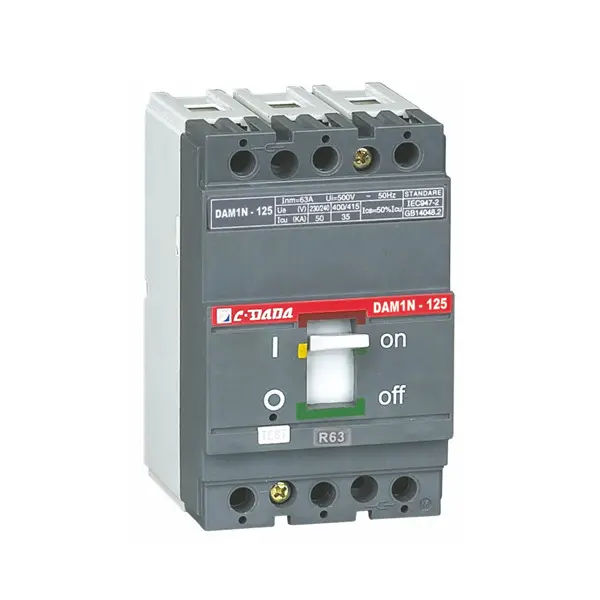
Circuit breakers offer a range of advantages that make them an important component of any electrical installation. Whether you're a professional electrician or a DIY enthusiast, understanding the benefits of circuit breakers can help you make informed decisions about your electrical installation. In this blog post we will explore the various advantages of circuit breakers, focusing on their ease of stand-alone installation and the different auxiliary equipment they can accommodate.
One of the main advantages of circuit breakers is the ease of independent installation of auxiliary equipment. These devices include alarm contacts, auxiliary contacts, undervoltage releases, shunt releases, handle operating mechanisms, electric operating mechanisms, plug-in devices and withdrawable devices. This range of auxiliary equipment enables multifunctional and customizable settings, adjusting the circuit breaker to meet specific requirements. The ease of installation ensures that these ancillary devices can be integrated into the system quickly and efficiently without the need for complex wiring or additional expertise.
Another advantage of circuit breakers is that each circuit breaker comes with standard components. This includes connecting busbars or cable lugs, a phase separator and a set of screws and nuts for mounting to the mounting panel. By including these basic components, a circuit breaker makes it easy for the user to install it in an electrical system. Standardized kits not only save time but also ensure consistency and compatibility, reducing the risk of errors during installation.
In addition, the circuit breaker can be flexibly mounted on DIN rails using special clamps. This feature allows for quick and easy installation in a variety of settings. Designed specifically for 125 and 160 units, this clamp ensures secure mounting to the DIN rail, providing stability and reliability. The option to mount the circuit breaker to a DIN rail enhances its versatility and suitability for a variety of applications, whether in industrial environments or residential switchboards.
In addition to being easy to install and compatible with auxiliary equipment, the circuit breakers offer a lightweight design. The weight of the circuit breaker is an important consideration, especially when it comes to shipping and handling during installation. The circuit breakers are relatively lightweight, simplifying the installation process and reducing stress for the installer. This advantage is particularly beneficial for larger installations that require multiple circuit breakers, making the entire process more efficient.
In summary, circuit breakers offer a range of advantages that make them the first choice for electrical installations. Their ease of independent installation of auxiliary equipment, standard component set, DIN rail compatibility and lightweight design all contribute to their versatility and convenience. By understanding the benefits of circuit breakers, you can ensure that your electrical system is not only efficient but also safe and reliable. So the next time you’re considering an electrical upgrade or installation, don’t forget to explore the benefits of circuit breakers and make an informed decision.
Post time: Nov-17-2023

